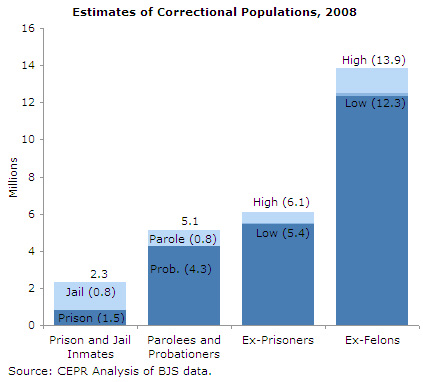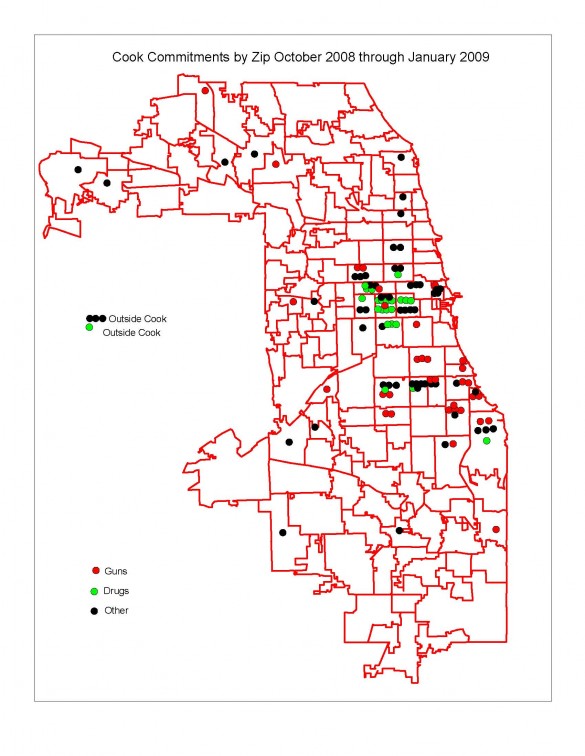Armed Police Officers in Schools Are a Bad Idea…They Really Are
I have been following the case of a police officer who shot an eight-grader in Texas last week.
A Northside Independent School District police officer Friday shot and killed a teen he’d been pursuing after the boy made a move toward him, district officials said.
The youth, an eighth-grader who recently had been expelled from Pease Middle School, was pronounced dead at the scene in a backyard in the 200 block of Roswell Canyon on the far West Side.
A school district spokesman said it might be the first time a district police officer has killed a suspect.
There is a lot in just this opening paragraph. We know that this young person was an 8th grader. We know that he had already been expelled from school. We learn that there is such a thing as an armed police officer whose job it is to be assigned to a school district.
In Friday’s incident, the school police officer happened upon two boys fighting near the Northside Alternative High School off Hunt and Potranco roads, NISD spokesman Pascual Gonzalez said.
“One youth ran and the officer pursued him,” Gonzalez said. The officer lost him after a several-block chase in the Trails of Santa Fe subdivision, across Hunt Road from the high school, he said.
Gonzalez said a homeowner flagged down the officer and said someone was hiding in his backyard shed.
Gonzalez said that as the officer approached the shed, the boy “pushed open the shed doors and somehow lunged at the officer,” which triggered a brief scuffle that ended when the officer fired once.
It wasn’t clear when the officer pulled his weapon, he said.
The 14 year old was chased by a police officer because of a fight with another young person? Then he ends up dead? The article describing the incident ends with these words…
Gonzalez said the officer, whom he described as a veteran of the department, “is very traumatized by this. Our officers work in schools to take care of kids.”
The officer was put on administrative leave.
The community launched a protest against school police officers carrying guns.
About 15 protesters gathered outside a Northside Independent School District board meeting Tuesday, calling for district police officers to give up their guns in the wake of a teen’s shooting death last week.The Southwest Workers’ Union organized the protest, which included San Antonio Independent School District students, after Derek Lopez, 14, was shot Friday by a Northside officer.
Both Northside and SAISD officers carry guns, and Edison High School senior Monica Ramos said she thought district police officers could use Tasers or pepper spray as replacements.
But Northside spokesman Pascual Gonzalez said Northside has no plans to ban officers from carrying guns because it would hinder them from carrying out their duties as Texas peace officers.
Frank Bates, an NISD parent who showed up to support keeping officers armed with guns, said, “It’s a shame what happened, but you can’t take a tool away from the officers.”
I have always found it ironic that police officers are often called “peace” officers. In this case, this term is particularly inappropriate.
In a column about the incident, Veronica Paniagua writes:
The litany of blame — and the list of questions — grow from there.
Derek Lopez shouldn’t have run from Alvarado. (Already expelled from Northside schools, was the eighth-grader heading for more trouble?)
Alvarado, too, should have taken appropriate precaution before peering into a storage shed where the teen was hiding. (Why didn’t he wait for backup?)
Lopez, whatever his faults or fears, should have responded in a more docile way to the officer’s calls of “police, police.” (Why didn’t he simply call out that he was unarmed and that he was coming out with his hands up?)
Alvarado shouldn’t have drawn his gun. (He told investigating officers that he witnessed Lopez delivering a backhand slap to another boy. For this, was the use of deadly force necessary?)
Lopez shouldn’t be dead. (How did we get here?)
I will tell you how we got here.
We got here by expelling 8th graders from schools and pushing them into the prison and sometimes the dead before you are 16 years old pipeline.
We got here by treating fights between young people as criminal assaults rather than as opportunities to utilize restorative practices to solve conflicts.
We got here by flooding schools with so called “peace officers” carrying guns.
We got here by acting as though our schools have become “war zones” when school shootings are actually rare and school “violence” is actually consistently on the decline.
We got here by demonizing young people as so-called potential super-predators and as gangsters in training.
We got here by committing systemic violence against young people as adults — through the fact that we keep youth poor, unemployed, and subject them to abuse and neglect.
Adults are to blame for this situation. We should take responsibility for rectifying it. We can begin by removing armed police officers from our nation’s schools.



